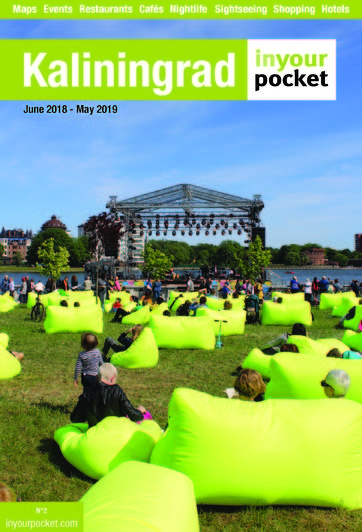Outer Ring
Beginning in the east and running anti-clockwise the forts were designated by a name and a number beginning with Fort 1 Stein and running to Fort 12 Eulenberg and supplemented by the four batteries. The forts offered 50,000m2 of space, in over 1,200 rooms consisting of accommodation for men and officers, kitchens, dining halls, hospitals and storage facilities as well as command posts and bunkers. Interestingly a lot of the labour and much of the cost was supplied by the French following their defeat in the Franco-German War of 1870-71.
The forts were connected to each other by an inner ring road and to the city by branch roads and would be typically manned by approximately 200 men. The Outer Ring was further strengthened in 1912 by additional infantry bases and the ceilings of the forts were replaced with reinforced concrete.
By the time they came to face their greatest battle the fortresses, despite modernisation, were unable to withstand the force of the Red Army for more than four days although tough defence combined with solid construction saw the Soviets suffer high loses. The Battle for Konigsberg saw the capture of forts 5, 5a, 6, 7a, 7b, 8, 9, 10, 11, 12 with Fort 5 causing particular problems. While many are still standing. Only Fort 11 and Fort 5 are open to the public.
Refine your search
Choose Categories
Inner Ring
Outer Ring
Submit
Associated Venues
/kaliningrad/Fort-5-King-Frederick-Wilhelm-III_137441v
Fort 5 is the most visitor friendly of all the forts, although displays are frustratingly only in Russian. What you’ll find is an underground network of …




